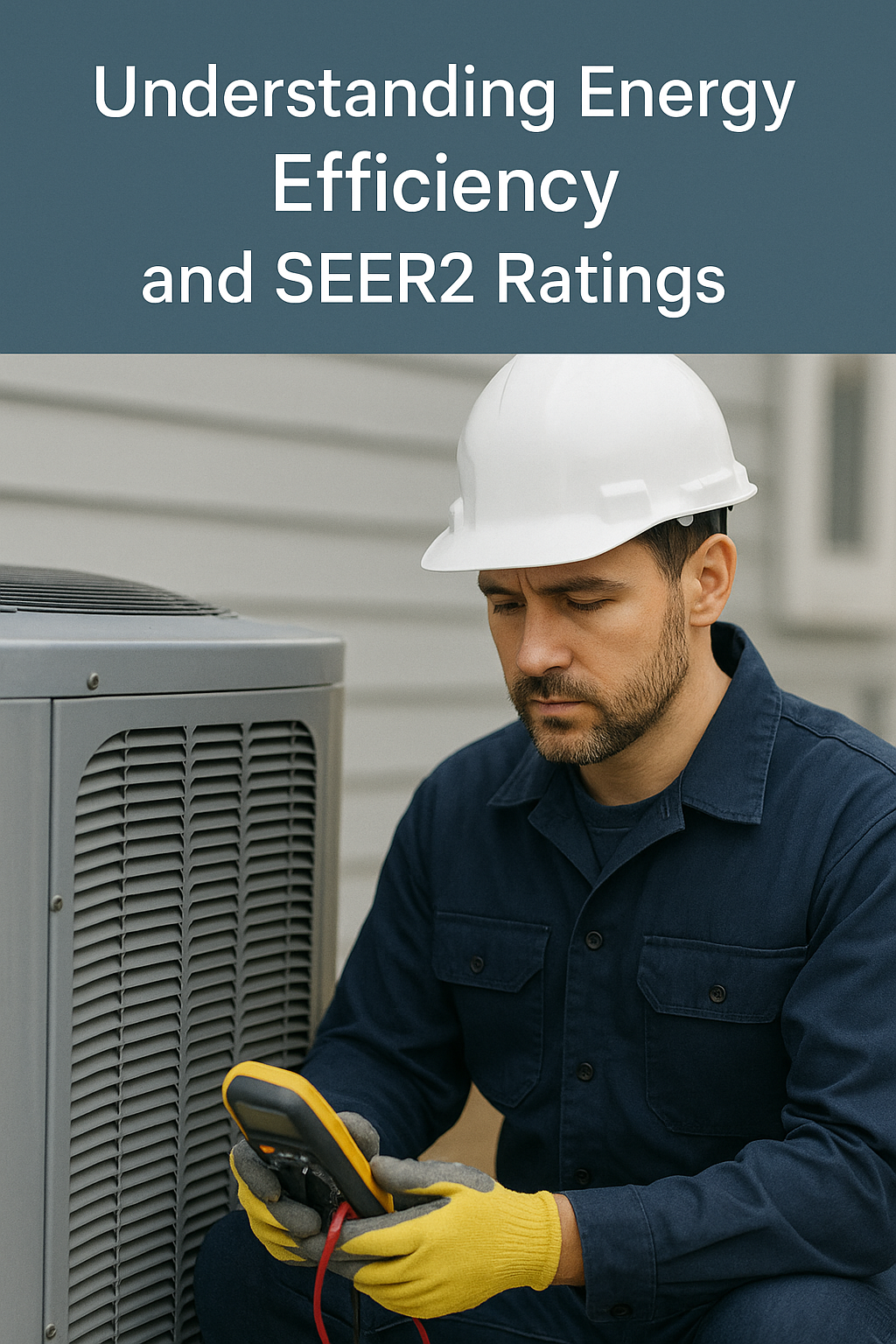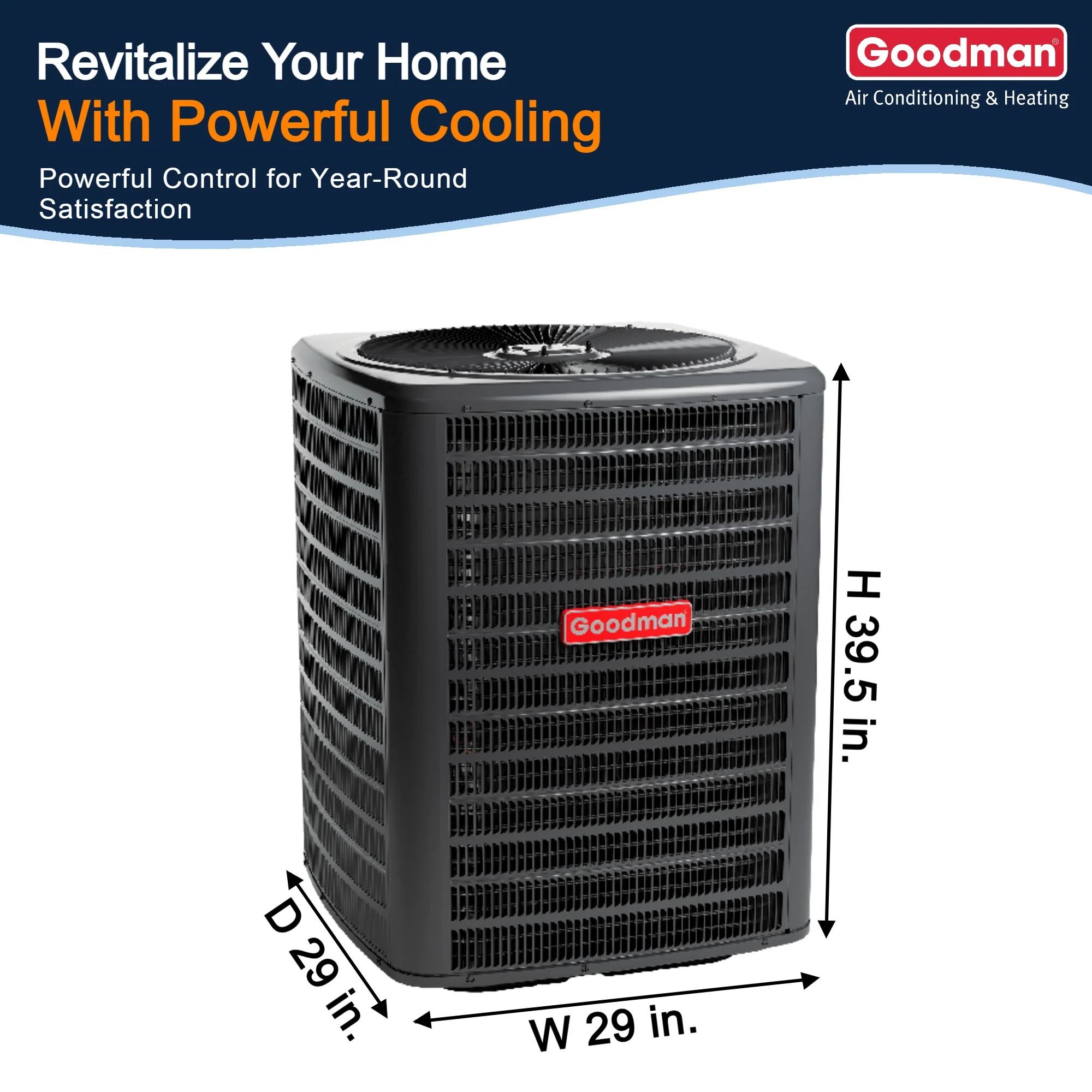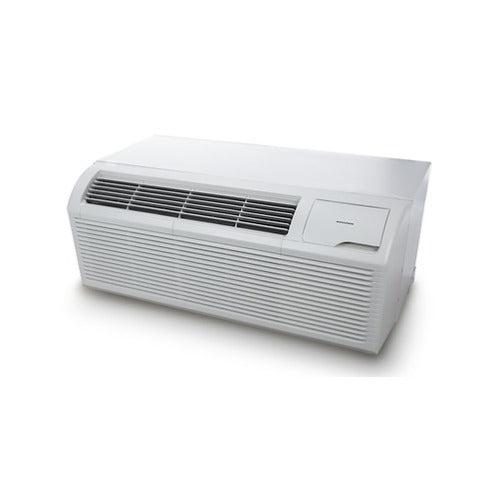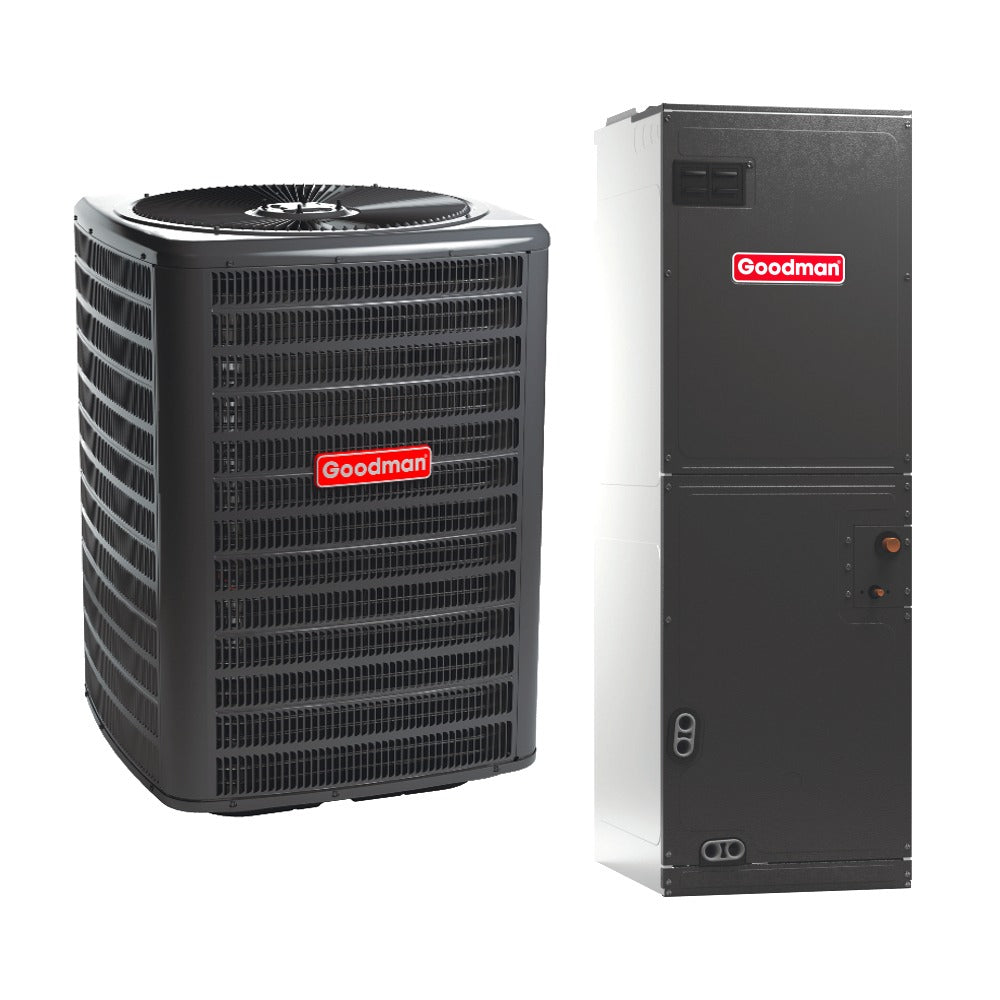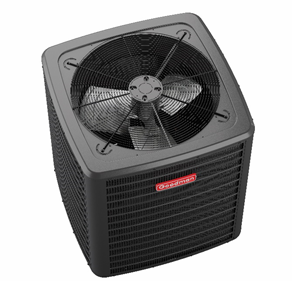Introduction
Energy efficiency in heating, ventilation, and air conditioning (HVAC) systems is crucial for reducing energy consumption, lowering utility bills, and minimizing environmental impact. A key metric for evaluating the efficiency of air conditioning systems is the Seasonal Energy Efficiency Ratio (SEER), and its updated version, SEER2. This guide aims to demystify these concepts for beginners.
What is SEER2?
SEER2 stands for Seasonal Energy Efficiency Ratio 2. It measures the cooling efficiency of air conditioners and heat pumps over a typical cooling season. The higher the SEER2 rating, the more energy-efficient the system is. SEER2 is an updated version of the original SEER rating, reflecting more accurate real-world operating conditions. The U.S. Department of Energy (DOE) implemented SEER2 standards to ensure consumers have access to energy-efficient HVAC systems.
Importance of Energy Efficiency
Energy-efficient HVAC systems consume less electricity, leading to:
-
Lower Utility Bills: Reduced energy consumption translates to cost savings.
-
Environmental Benefits: Less energy use means fewer greenhouse gas emissions.
-
Enhanced Comfort: Efficient systems maintain consistent indoor temperatures.
The U.S. Environmental Protection Agency (EPA) emphasizes the significance of energy efficiency in reducing environmental impact and promoting sustainable practices.
Understanding BTU
BTU, or British Thermal Unit, is a unit of measurement for energy. In the context of HVAC systems, it represents the amount of heat an air conditioner can remove from a room per hour. For example, a 12,000 BTU air conditioner can remove 12,000 BTUs of heat per hour. Understanding BTU ratings helps in selecting the appropriately sized system for a space, ensuring optimal efficiency and comfort.
Role of R-32 Refrigerant
R-32 Refrigerant is a next-generation refrigerant used in many modern air conditioning systems. It offers several advantages:
-
Lower Global Warming Potential (GWP): R-32 has a GWP of 675, significantly lower than older refrigerants like R-410A.
-
Higher Efficiency: It enables systems to achieve higher SEER2 ratings.
-
Ease of Use: Being a single-component refrigerant, R-32 is easier to handle and recycle.
The Air-Conditioning, Heating, and Refrigeration Institute (AHRI) and ASHRAE provide guidelines on the safe and efficient use of refrigerants like R-32.
SEER2 Ratings and Regional Standards
The DOE has established minimum SEER2 requirements that vary by region:T
-
North: Minimum SEER2 of 13.4
-
South and Southwest: Minimum SEER2 of 14.3
These standards ensure that HVAC systems are appropriately efficient for the climate in which they operate. For instance, regions with hotter climates require systems with higher SEER2 ratings to handle increased cooling demands efficiently.
Benefits of High SEER2 Ratings
Investing in a system with a higher SEER2 rating offers numerous advantages:
-
Cost Savings: Lower energy consumption reduces monthly utility bills.
-
Environmental Impact: Efficient systems contribute to lower greenhouse gas emissions.
-
Enhanced Comfort: Advanced systems maintain consistent temperatures and humidity levels.
-
Increased Property Value: Energy-efficient homes are often more attractive to buyers.
Selecting the Right HVAC System
When choosing an HVAC system, consider the following:
-
BTU Requirements: Ensure the system's capacity matches the size of the space.
-
SEER2 Rating: Opt for systems with higher SEER2 ratings for better efficiency.
-
Refrigerant Type: Prefer systems using R-32 for environmental benefits.
-
Professional Installation: Proper installation by certified technicians ensures optimal performance.
Consulting with HVAC professionals can help in making informed decisions tailored to specific needs and regional requirements.
Maintenance and Efficiency
Regular maintenance is vital for sustaining the efficiency of HVAC systems:
-
Filter Replacement: Change filters regularly to maintain airflow.
-
System Inspections: Schedule annual check-ups to identify and address issues early.
-
Cleaning Coils: Ensure evaporator and condenser coils are clean for optimal heat exchange.
-
Thermostat Settings: Use programmable thermostats to optimize energy use.
The EPA's ENERGY STAR program provides resources and guidelines for maintaining energy-efficient HVAC systems.ENERGY STAR
Conclusion
Understanding energy efficiency and SEER2 ratings is essential for making informed decisions about HVAC systems. By considering factors like BTU requirements, refrigerant types, and regional standards, homeowners can select systems that offer comfort, cost savings, and environmental benefits. Regular maintenance further ensures these systems operate at peak efficiency, contributing to a sustainable and comfortable living environment.

